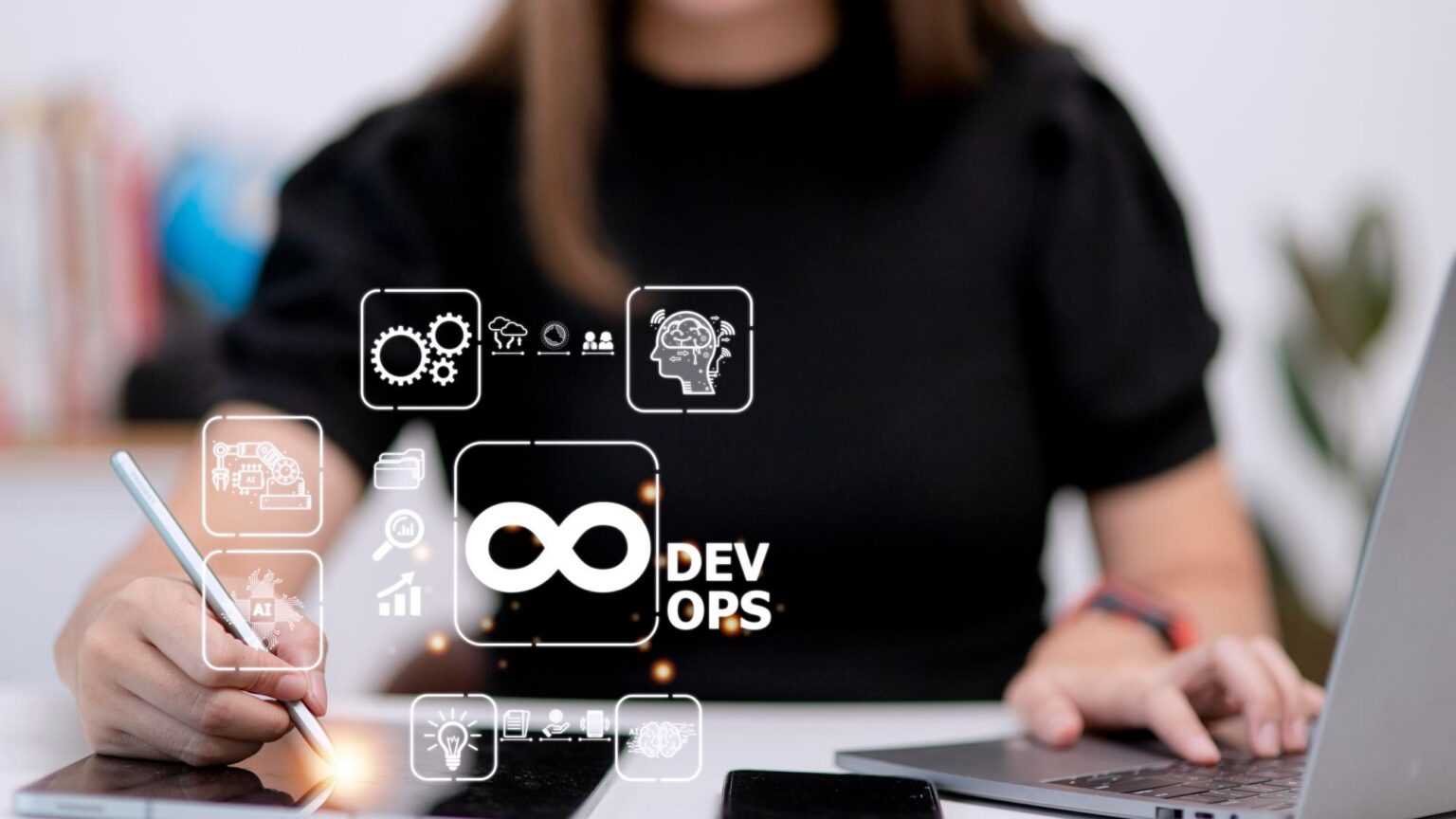DevOps Observability is the practice of collecting and analyzing data from different parts of a distributed system to gain insights into its performance, behavior, and health. It enables DevOps teams to proactively detect, diagnose, and resolve issues, thereby ensuring that the system remains available, reliable, and performant.
Observability is crucial in complex, distributed systems that are built on cloud-native architectures, microservices, and containers. Traditional monitoring tools and techniques are not sufficient to handle the scale, complexity, and dynamic nature of these systems. DevOps observability, on the other hand, leverages advanced analytics, machine learning, and automation to provide real-time visibility into the system, enabling faster and more accurate troubleshooting.
Some of the key components of DevOps observability include:
-
Metrics: Collecting and analyzing metrics such as CPU usage, memory utilization, network traffic, and response times to gain insights into the performance and behavior of the system.
-
Logs: Collecting and analyzing log data from different parts of the system to gain insights into its health and behavior.
-
Traces: Collecting and analyzing trace data from requests that flow through the system to gain insights into its performance and behavior.
-
Alerts: Setting up alerts and notifications to proactively detect and respond to issues.
-
Visualization: Using dashboards and visualizations to present data in a meaningful way, making it easier to understand and act upon.
DevOps observability is an essential practice in modern software development and deployment. It enables teams to identify and resolve issues quickly, reduce downtime, and improve the overall quality and reliability of the system.



